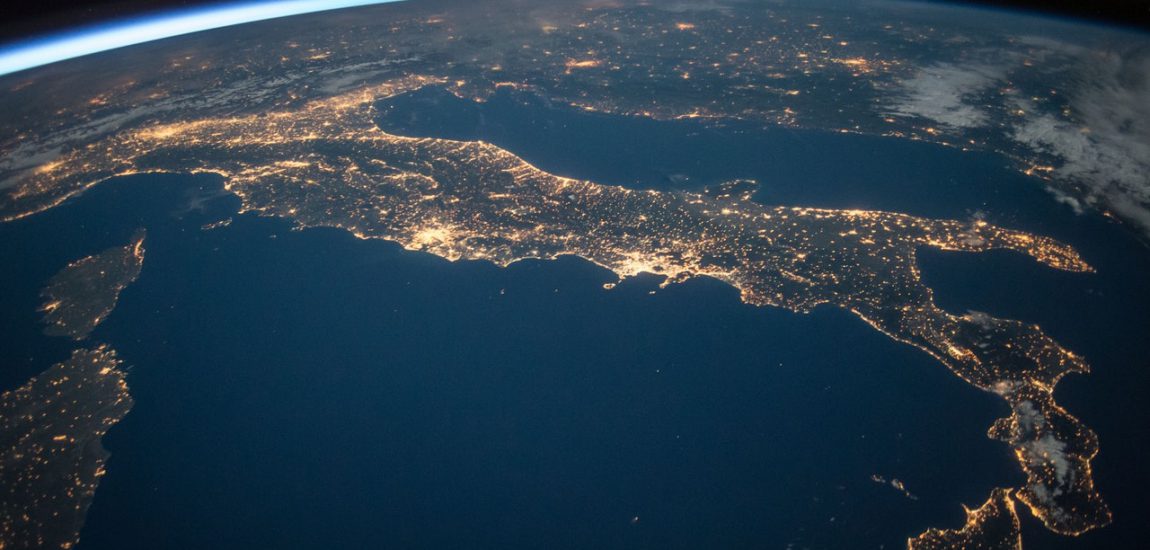
Ice Core Scientists meet in Hobart, Tasmania
The International Partnership for Ice Core Science (IPICS) Open Conferences are set every 4 years. IPICS is the principal international planning group for international ice core science and this IPICS 2nd Open Conference brought together in Hobart (Tasmania) more than 200 scientists, experts in ice core science and drilling technology for five days of scientific presentation and planning discussion (March 7th-11th, 2016; http://www.ipics2016.org/).
Conference Chair, Dr Tas van Ommen opens the 2nd IPICS Open Conference on Monday, March 7th, 2016.
Participating to the IPICS 2nd Open Conference was a unique opportunity to learn about the latest results on the different aspects of ice core research. It was also particularly timely to present my recent work on a past warm time period, the Last Interglacial (~129 000 years ago). I gave an oral presentation on a study where we provide unique insights on the evolution of surface temperatures in the high latitude regions and the involved mechanisms during this time interval by combining ice core and marine sediment records together with climate model simulations. I also presented a poster on another study where we assess the various methods used to define robust chronologies for marine, ice and terrestrial climatic archives on the Last Interglacial. I had the great pleasure to discuss both with experimentalists and modelers, in particular those aiming at understanding how polar ice sheets contributed to sea level changes during past warm time periods.
This was also a very good platform for strengthening my European and international collaborations and a perfect vector to introduce my new research project which focuses on abrupt climatic events (e.g., 8-16 °C warming in a few decades!) recorded during the glacial period in Greenland ice cores.
View of Hobart and the Tasmania East Coast on my way to Mount Wellington
I also participated to the Ice Core Young Scientist Workshop on March 6th 2016. It was very good to get to know other early career ice core scientists and to attend great break-out discussions with more experienced scientists giving us useful tips on various subjects such as how to be a good leader, how to have a good work/life balance or how research proposals are evaluated.
MANY THANKS to the Early Career Science Ambassador Program for the opportunity to be an ambassador of the EAG and to travel all the way to beautiful Tasmania to present my work at this wonderful conference!
Dr. Emilie Capron
About the author:
After completing her PhD at the Laboratoire des Sciences du Climat et de l’Environnement (France), Dr. Emilie Capron joined the British Antarctic Survey (BAS, UK) in 2010 as a paleoclimatologist. Over the last years, she has been studying the climatic evolution of the previous interglacial period (about 129 000 years ago) by combining records of geochemical tracers measured in paleoclimatic archives together with climate model simulations. Emilie is currently away from BAS since she obtained a funding for 2016/2017 from the Danish Research Council to carry out a research project at the Centre for Ice and Climate (Niels Bohr Institute, Denmark). There, she is trying to better understand the nature and the anatomy of the abrupt climate changes recorded in Greenland ice cores during the last glacial period.
